Home>Technology>Security & Surveillance>How To Adjust Sliding Door Lock
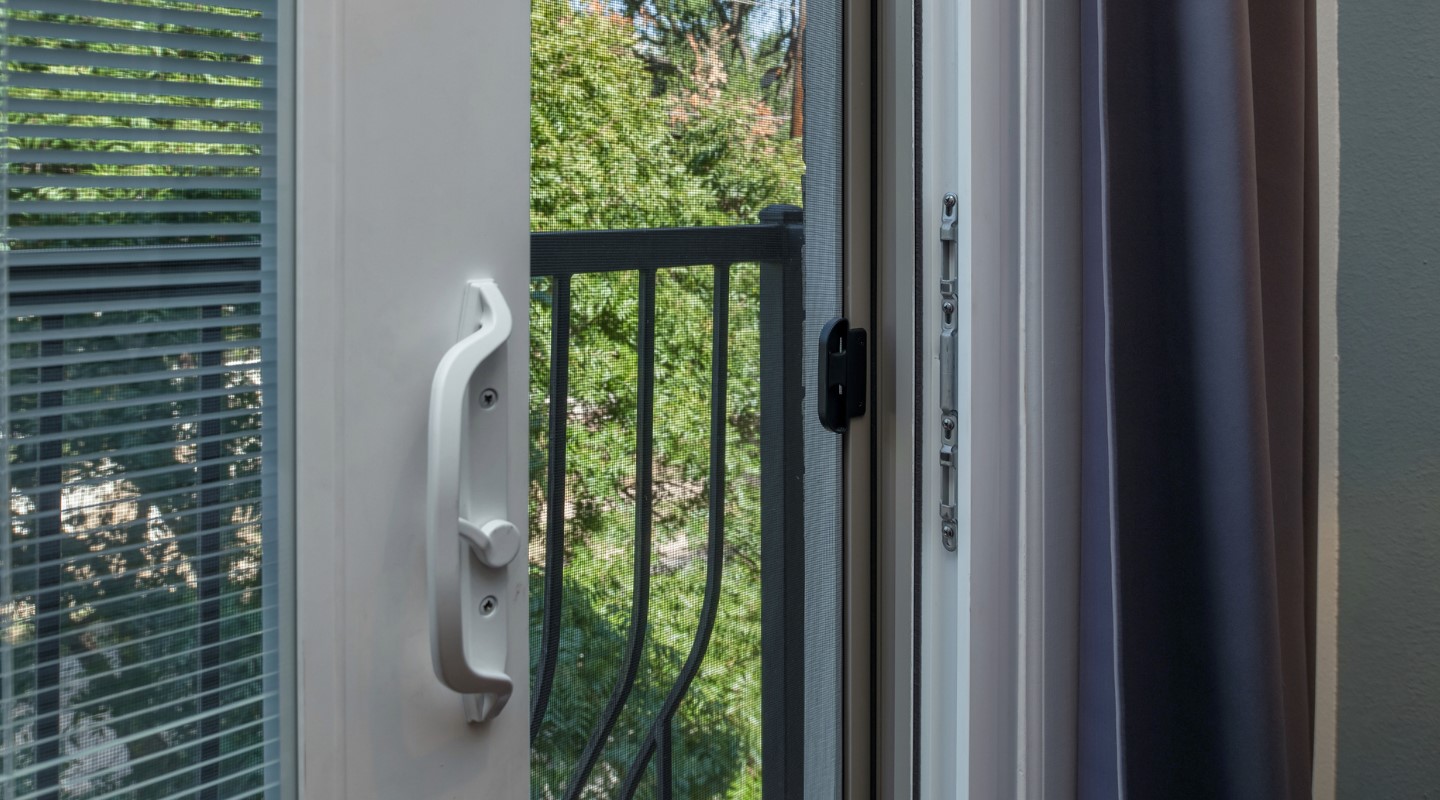

Security & Surveillance
How To Adjust Sliding Door Lock
Modified: October 20, 2024
Learn how to adjust your sliding door lock for better security and surveillance. Follow these simple steps to enhance the safety of your home.
(Many of the links in this article redirect to a specific reviewed product. Your purchase of these products through affiliate links helps to generate commission for Storables.com, at no extra cost. Learn more)
Introduction
Welcome to the ultimate guide on adjusting a sliding door lock! Sliding doors are a popular feature in many homes and commercial spaces due to their aesthetic appeal and space-saving design. However, over time, the lock mechanism of a sliding door may require adjustment to ensure optimal functionality and security. In this comprehensive guide, we will delve into the intricacies of understanding, adjusting, and testing a sliding door lock. By the end of this article, you will possess the knowledge and confidence to tackle this task with ease.
Whether you are a homeowner, a security professional, or a DIY enthusiast, understanding the nuances of adjusting a sliding door lock is invaluable. A well-maintained and properly adjusted lock not only provides security and peace of mind but also contributes to the overall efficiency and longevity of the sliding door system.
So, grab your tools and let's embark on this illuminating journey to master the art of adjusting a sliding door lock!
Key Takeaways:
- Adjusting a sliding door lock involves understanding its components, using tools like screwdrivers and lubricants, and following step-by-step adjustments to ensure smooth operation and security.
- Thorough testing after adjustments is crucial to confirm the lock’s smooth operation, secure latching, and overall contribution to a sense of safety and peace of mind.
Read more: How To Adjust Door Lock
Understanding the Sliding Door Lock
Before diving into the adjustment process, it’s essential to grasp the fundamentals of a sliding door lock. Typically, a sliding door lock comprises several components, including the latch, strike plate, lock cylinder, and handle. Understanding how these elements interact is crucial to effectively adjusting the lock.
The latch is the part of the lock that extends from the edge of the door and secures it in place when engaged. The strike plate, located on the door frame, receives the latch when the door is closed, ensuring a secure fit. The lock cylinder, often operated by a key or thumbturn, controls the locking and unlocking mechanism. Lastly, the handle allows for manual operation of the door and may incorporate a locking feature.
When a sliding door lock requires adjustment, it is often due to issues such as misalignment, wear and tear, or changes in the door’s position over time. Misaligned components can lead to difficulty in latching or unlocking the door, compromising both security and convenience.
Furthermore, understanding the type of sliding door lock you have is essential. Common variations include mortise locks, surface-mounted locks, and key-operated or thumbturn locks. Each type may necessitate specific adjustment techniques, so identifying the lock type is a crucial initial step.
By comprehending the anatomy and functionality of the sliding door lock, you are better equipped to diagnose issues and implement precise adjustments. Now that we have laid the groundwork, let’s explore the tools required to undertake the adjustment process.
Tools Required
Before embarking on the task of adjusting a sliding door lock, it’s essential to gather the necessary tools. Having the right tools at your disposal will streamline the adjustment process and ensure that you can address any issues effectively. Here are the essential tools you will need:
- Screwdriver: A screwdriver, typically a Phillips or flat-head, is indispensable for accessing and adjusting various components of the sliding door lock. It allows you to remove screws, access the lock mechanism, and make precise adjustments to the hardware.
- Allen Wrench: Depending on the type of lock, an Allen wrench may be required to adjust set screws or other components within the lock mechanism. This tool enables you to access and tighten or loosen specific parts of the lock.
- Lubricant: A silicone-based lubricant or graphite powder can be used to lubricate the moving parts of the lock, facilitating smoother operation and potentially resolving minor issues such as sticking or stiffness.
- Tape Measure: In cases where misalignment is the root cause of the lock issues, a tape measure can be invaluable for accurately assessing and correcting any discrepancies in the door’s positioning.
- Replacement Parts (if necessary): Depending on the nature of the lock problem, you may need replacement parts such as a new latch, strike plate, or lock cylinder. Assess the lock’s condition to determine if any components need to be replaced.
By ensuring that you have these tools readily available, you can approach the task of adjusting the sliding door lock with confidence and preparedness. The next step is to delve into the process of adjusting the lock to restore its optimal functionality and security.
To adjust a sliding door lock, first loosen the screws on the lock mechanism. Then, adjust the position of the lock and tighten the screws back in place. Test the lock to ensure it is secure and functioning properly.
Adjusting the Sliding Door Lock
Now that you are equipped with the necessary tools, it’s time to delve into the process of adjusting the sliding door lock. This step-by-step guide will walk you through the fundamental adjustments required to optimize the functionality and security of your sliding door lock.
- Assess the Lock’s Operation: Begin by testing the lock to identify the specific issues that need addressing. Determine if the lock is sticking, not latching properly, or exhibiting any other irregularities in its operation.
- Inspect for Misalignment: Misaligned components are a common culprit behind lock issues. Examine the alignment of the latch, strike plate, and lock cylinder. If misalignment is detected, proceed to the next step.
- Adjust the Strike Plate: Loosen the screws securing the strike plate to the door frame. With slight adjustments, reposition the strike plate to ensure that it aligns perfectly with the latch when the door is closed. Tighten the screws once the alignment is corrected.
- Check the Latch Alignment: If the latch is not aligning properly with the strike plate, adjustments may be needed. Depending on the type of lock, you may need to adjust the latch’s position or the strike plate to achieve a seamless fit.
- Lubricate Moving Parts: Apply lubricant to the moving parts of the lock, including the latch and lock cylinder. This will help alleviate any stiffness or resistance, contributing to smoother operation.
- Inspect and Adjust the Lock Cylinder: If the lock cylinder is causing issues, such as difficulty in turning the key or engaging the lock, use an appropriate tool to adjust the cylinder’s positioning or tightness.
- Test the Lock: After making the necessary adjustments, test the lock’s operation multiple times to ensure that the issues have been resolved. The door should latch securely and the locking mechanism should engage smoothly.
By following these steps, you can systematically address common issues associated with sliding door locks and restore their optimal functionality. However, if the lock issues persist or if you encounter more complex problems, seeking professional assistance may be advisable.
With the sliding door lock now adjusted and operating smoothly, the next crucial step is to thoroughly test the lock to validate its functionality and security.
Testing the Lock
After adjusting the sliding door lock, thorough testing is essential to ensure that the adjustments have effectively resolved any issues and restored the lock’s functionality and security. Testing the lock will provide reassurance that the adjustments have been successful and that the lock is operating as intended.
Here’s a systematic approach to testing the sliding door lock:
- Operate the Lock Multiple Times: Engage and disengage the lock several times to assess its smoothness of operation. The key should turn or the thumbturn should engage the lock without resistance, and the locking mechanism should function seamlessly.
- Close and Open the Door: Close the sliding door and verify that the latch securely engages with the strike plate. The door should close smoothly without any obstruction, and the lock should hold the door firmly in place when engaged.
- Apply Pressure to the Door: Apply gentle pressure to the closed door to simulate potential external forces. The lock should hold the door securely in place without slipping or becoming disengaged due to the applied pressure.
- Check for Smooth Sliding Action: While the door is locked, test its sliding action to ensure that the lock adjustments have not impeded the door’s smooth operation. The door should slide open and closed effortlessly while remaining securely locked when in the closed position.
- Verify Security and Peace of Mind: Once the testing is complete, take a moment to appreciate the restored security and peace of mind that comes with a properly adjusted sliding door lock. Knowing that the lock is operating optimally contributes to a sense of safety and well-being.
By meticulously testing the sliding door lock, you can confirm that the adjustments have rectified any issues and restored the lock to its optimal state. This final step in the adjustment process provides the assurance that the sliding door lock is ready to fulfill its crucial role in safeguarding your space.
With the lock successfully tested and confirmed to be operating smoothly, it’s time to reflect on the journey of adjusting the sliding door lock and the significance of maintaining this essential security feature.
Read more: How To Adjust Sliding Glass Doors
Conclusion
Congratulations on mastering the art of adjusting a sliding door lock! By delving into the intricacies of the lock’s components, understanding its operation, and implementing precise adjustments, you have empowered yourself to maintain the security and functionality of this vital feature in your home or commercial space.
Adjusting a sliding door lock is not merely a mechanical task; it is a testament to your commitment to safety and efficiency. The diligence and attention to detail you have demonstrated in this process reflect a proactive approach to maintaining the security infrastructure of your environment.
As you reflect on this journey, consider the broader implications of a well-maintained sliding door lock. Beyond its mechanical function, a properly adjusted lock contributes to a sense of security, privacy, and peace of mind. It serves as a silent guardian, safeguarding your space and those within it.
Furthermore, the knowledge and skills you have acquired in adjusting a sliding door lock can be shared with others, enriching your community with valuable insights into home maintenance and security practices. Your newfound expertise positions you as a resource for friends, family, and neighbors seeking guidance on similar endeavors.
Remember, regular maintenance and periodic checks of your sliding door lock can prevent potential issues from escalating and ensure its continued reliability. By incorporating this task into your home maintenance routine, you proactively preserve the integrity of your security measures.
As you conclude this enlightening journey, take pride in your newfound proficiency and the enhanced security of your space. Your dedication to mastering the adjustment of a sliding door lock exemplifies a proactive and responsible approach to home maintenance and security.
With the lock now optimized and your knowledge enriched, you are well-equipped to navigate future maintenance tasks with confidence and expertise. Embrace the empowerment that comes with mastering essential home maintenance skills, and let it inspire you to elevate the security and functionality of your living spaces.
Thank you for embarking on this illuminating journey, and may your newly acquired skills serve you well in your ongoing quest for a safe and secure environment.
Frequently Asked Questions about How To Adjust Sliding Door Lock
Was this page helpful?
At Storables.com, we guarantee accurate and reliable information. Our content, validated by Expert Board Contributors, is crafted following stringent Editorial Policies. We're committed to providing you with well-researched, expert-backed insights for all your informational needs.
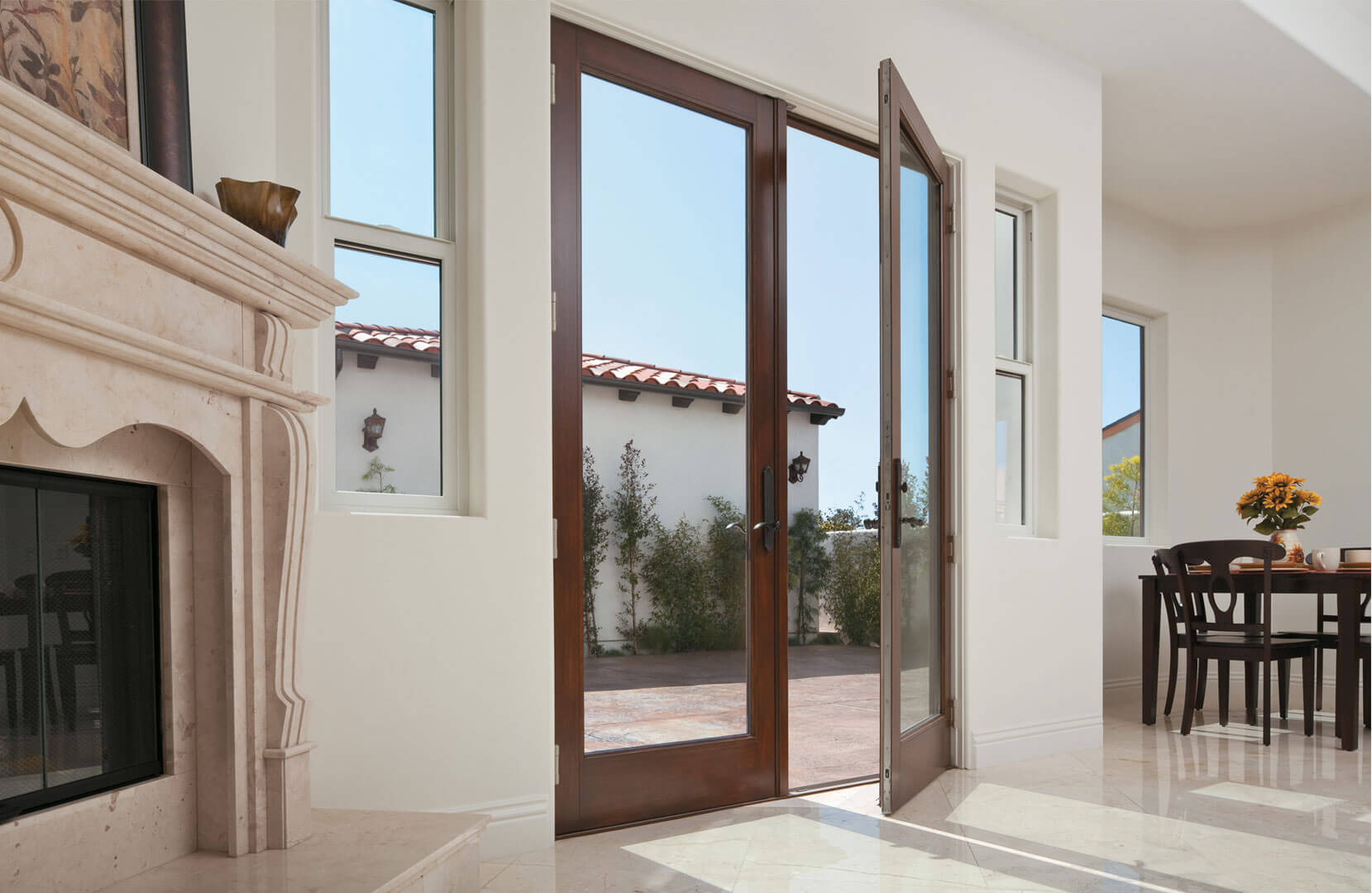
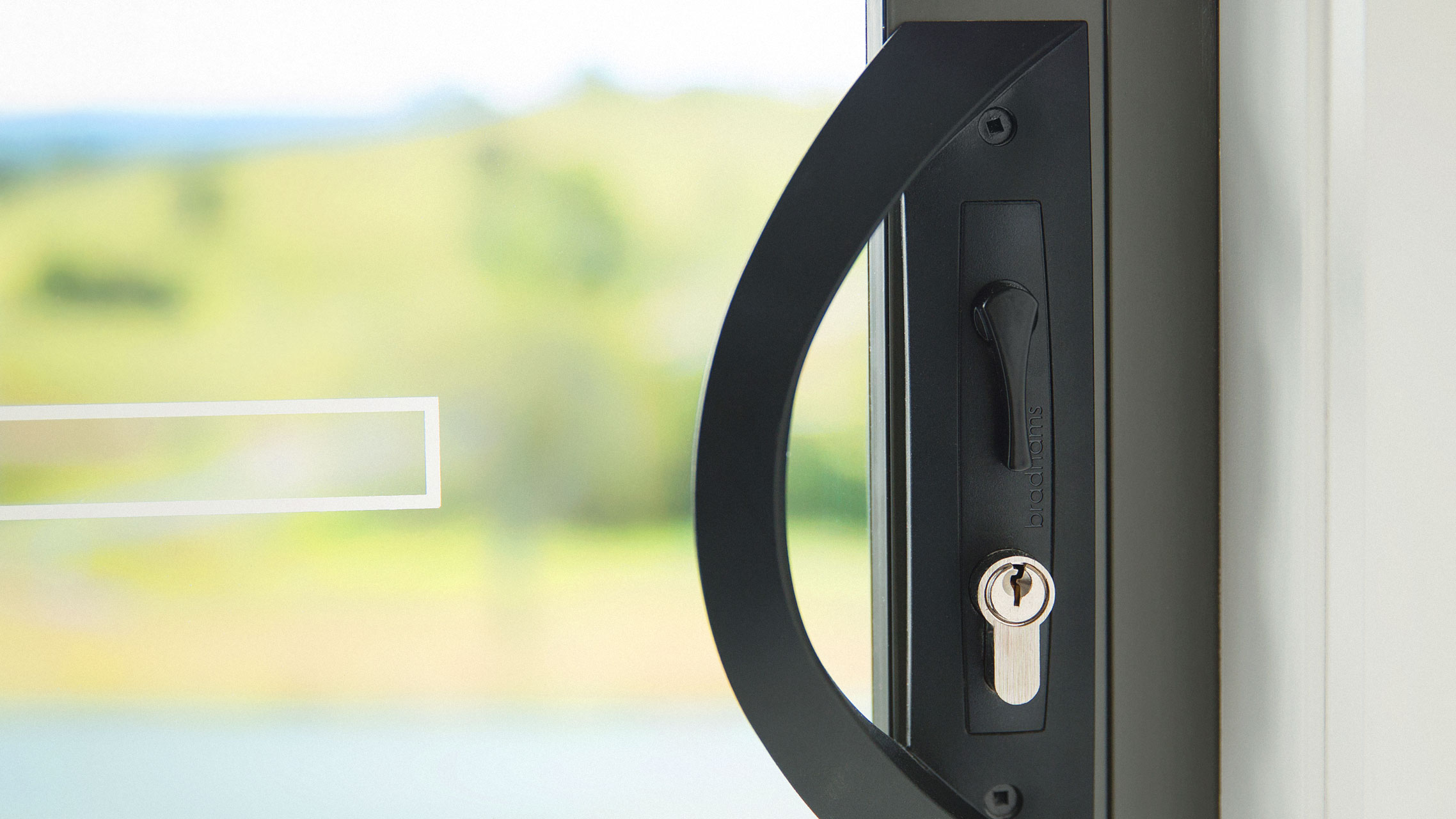
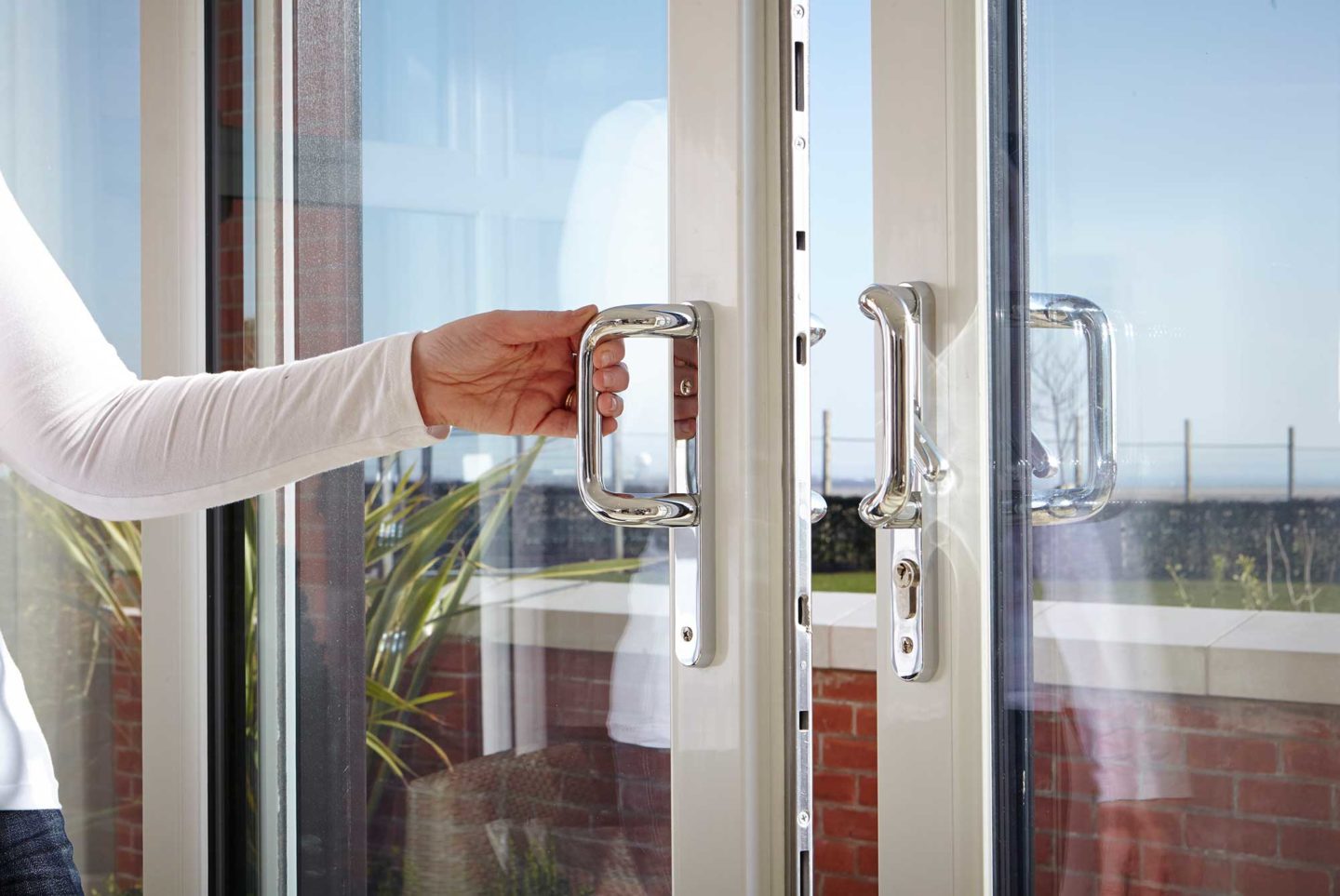
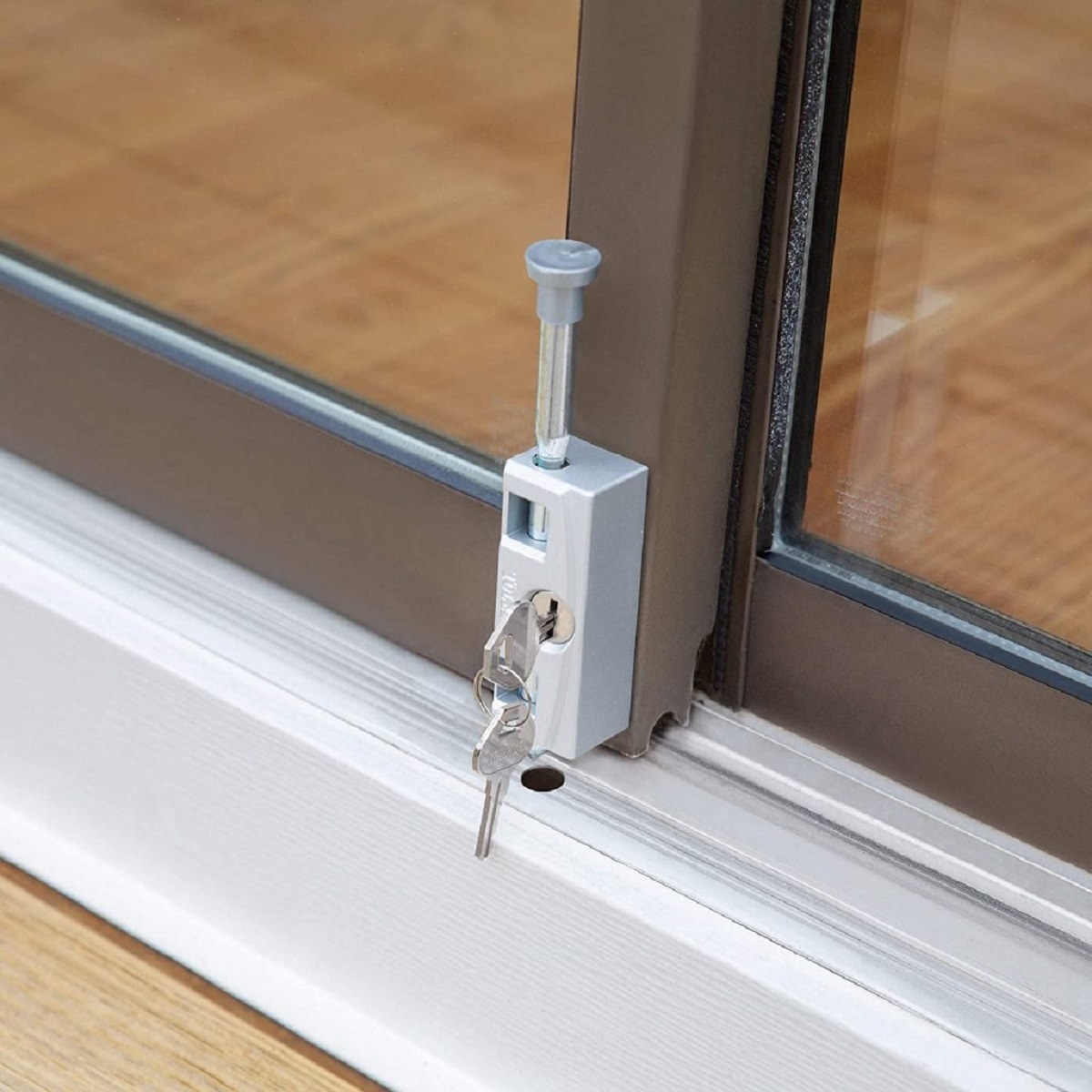
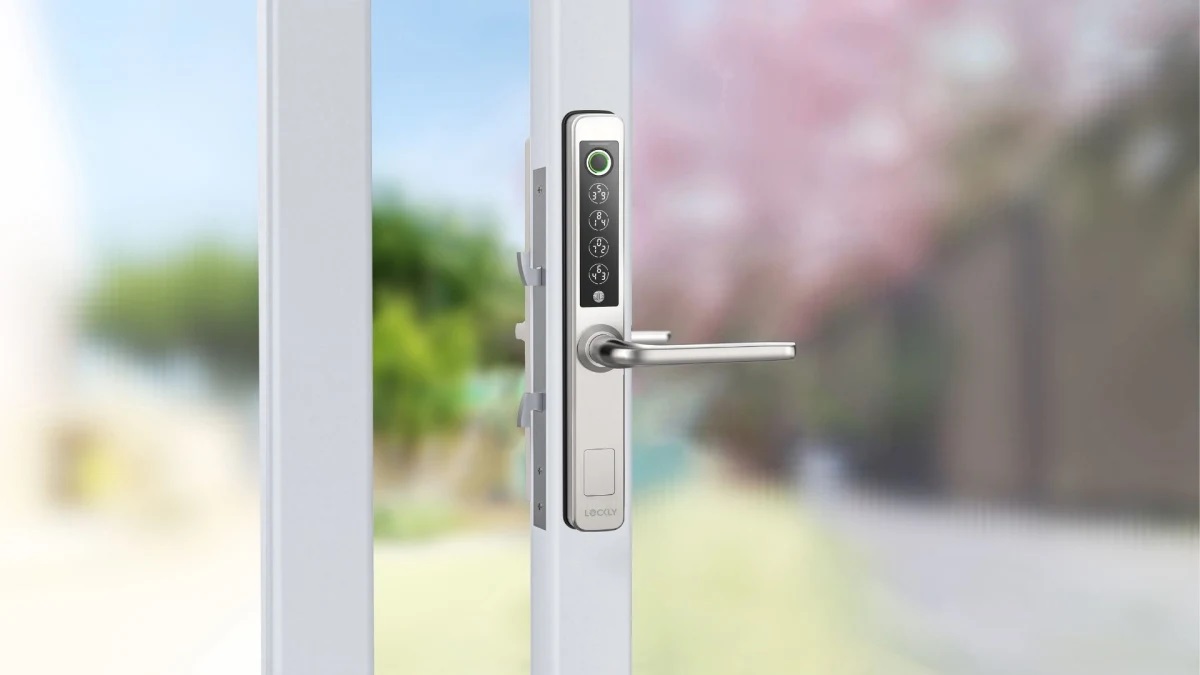
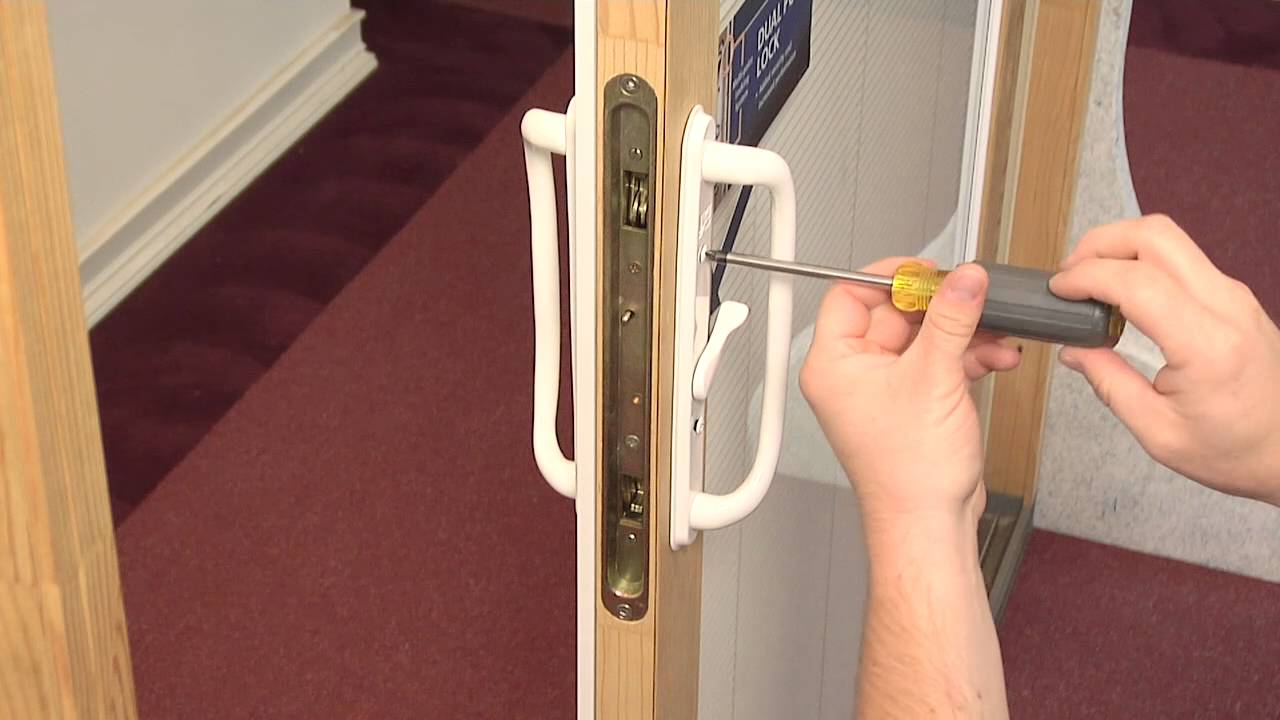
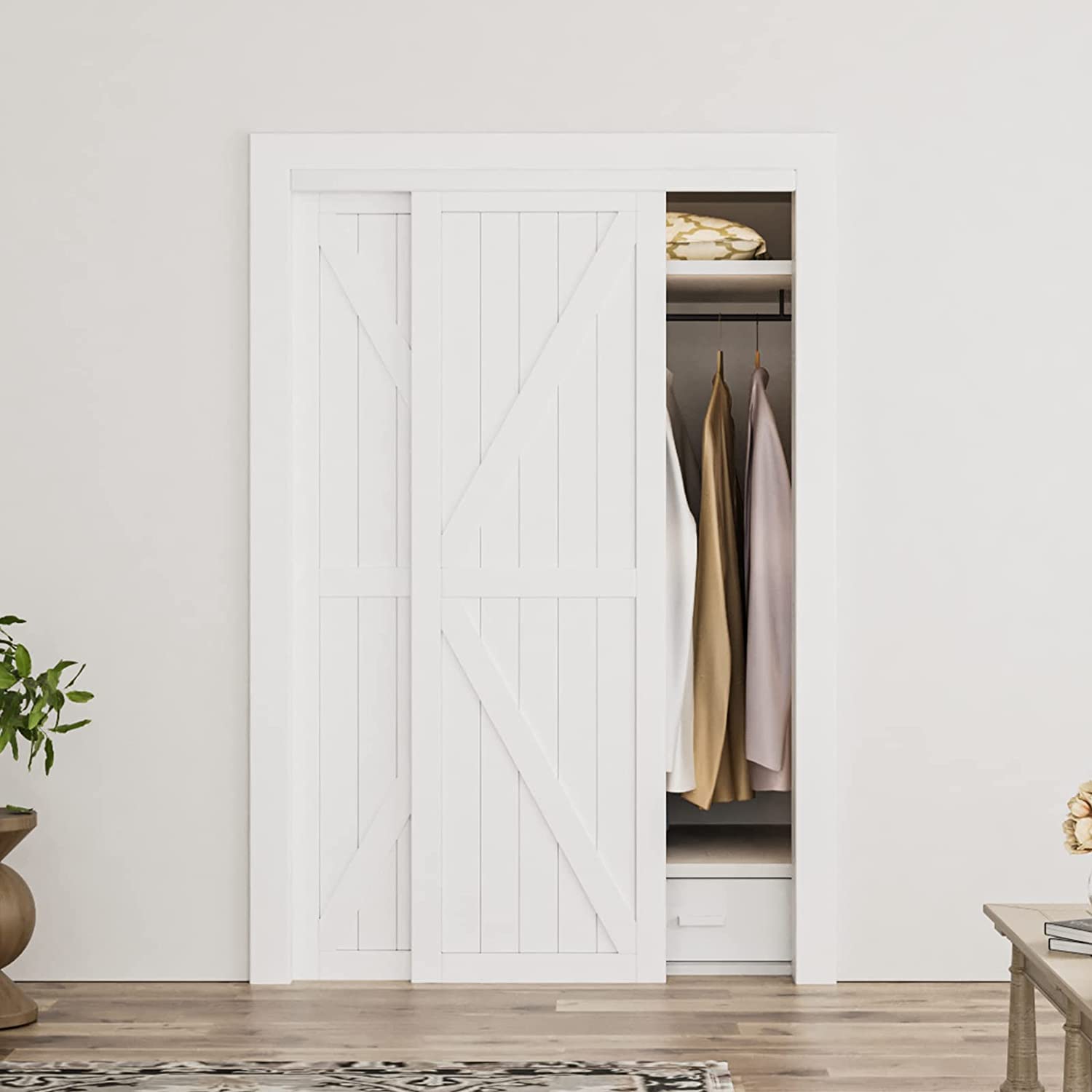
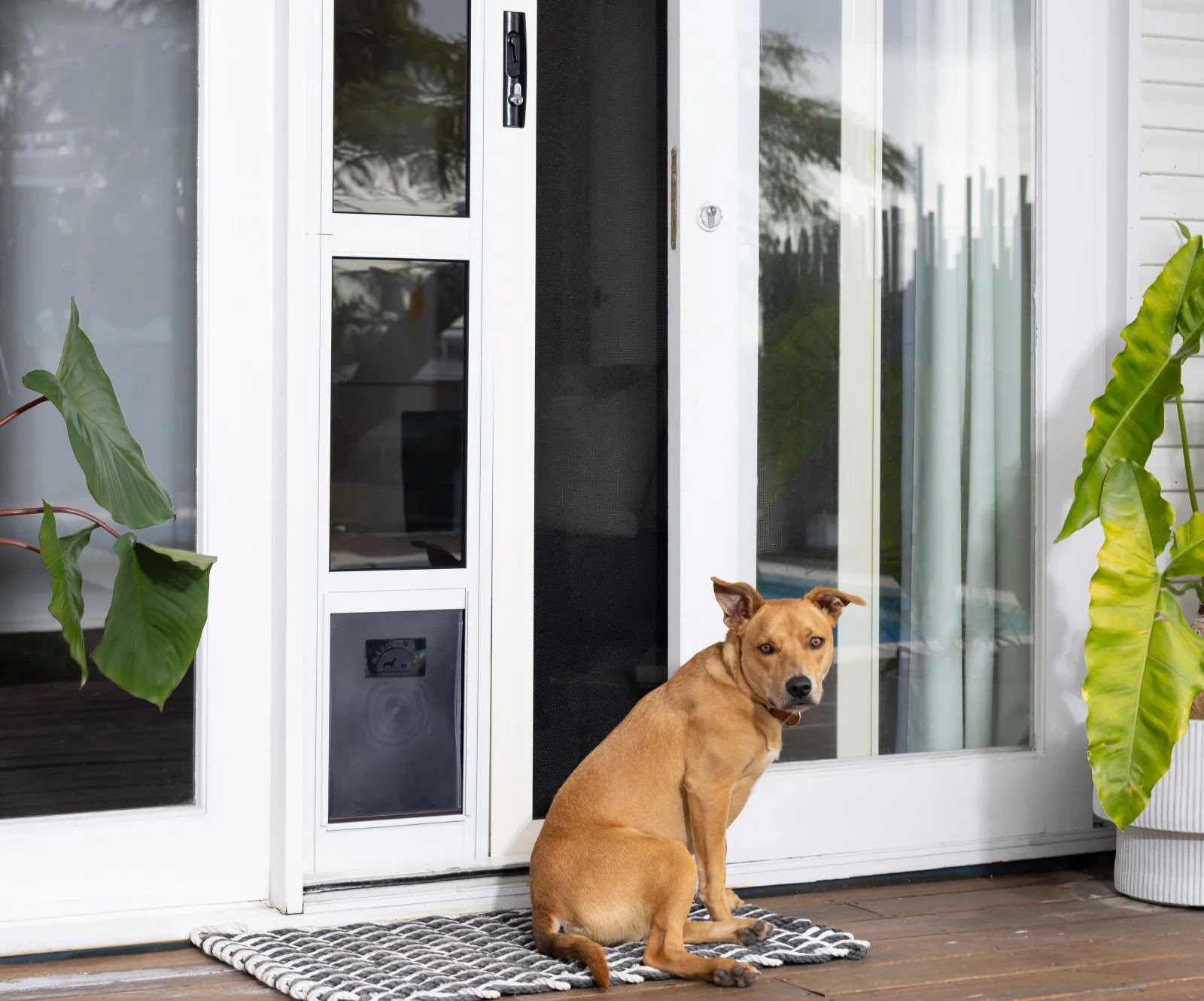
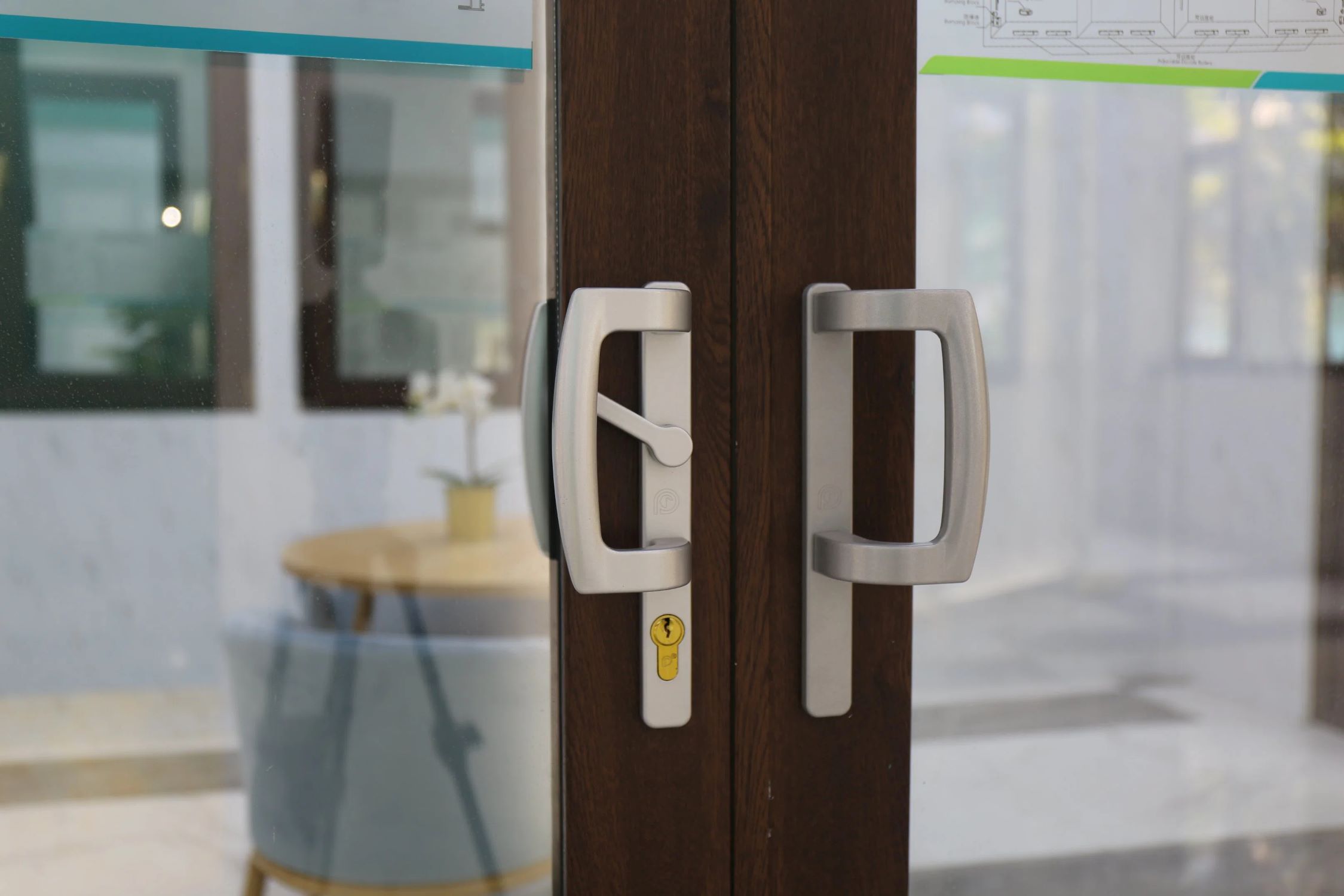
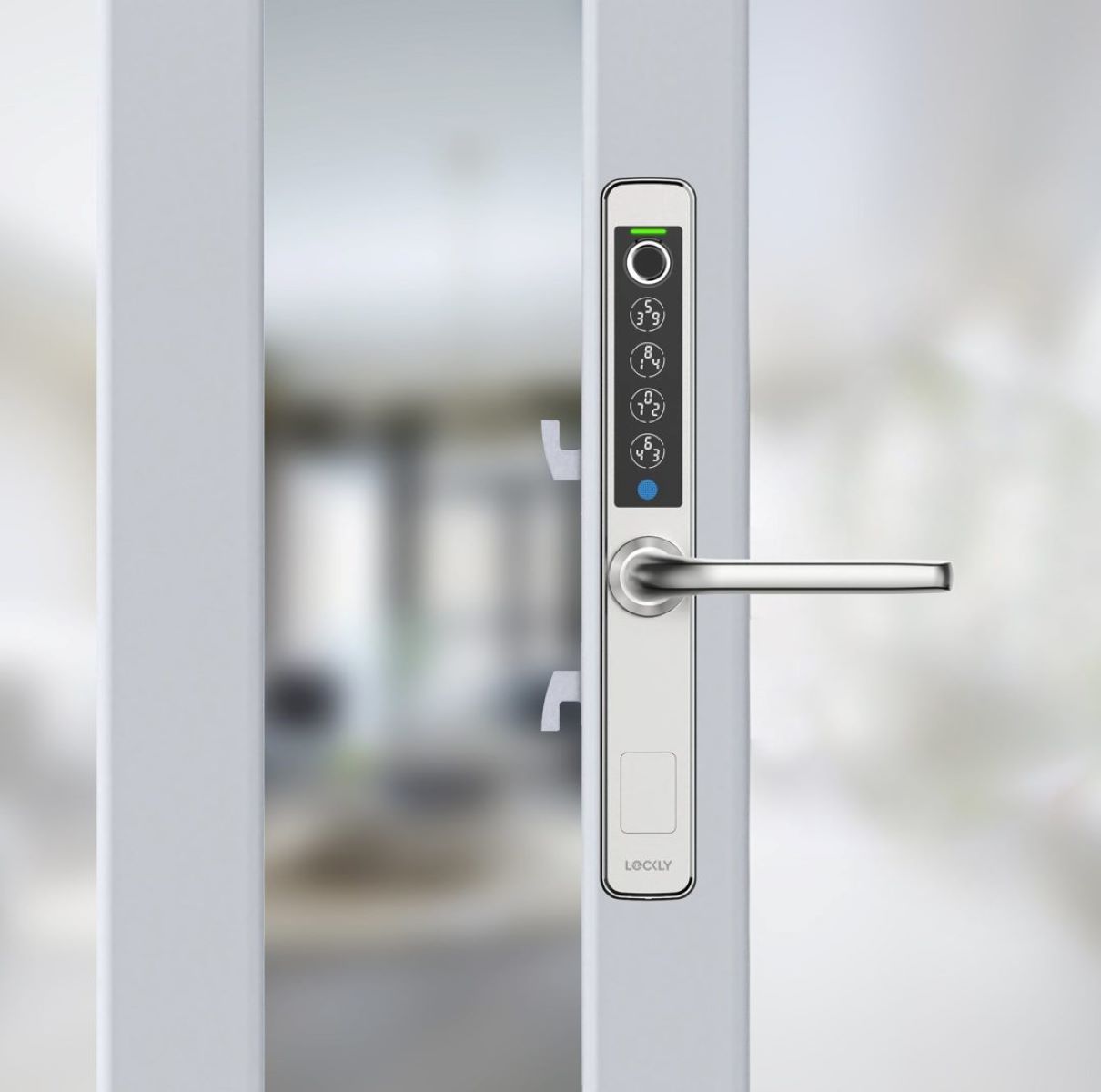
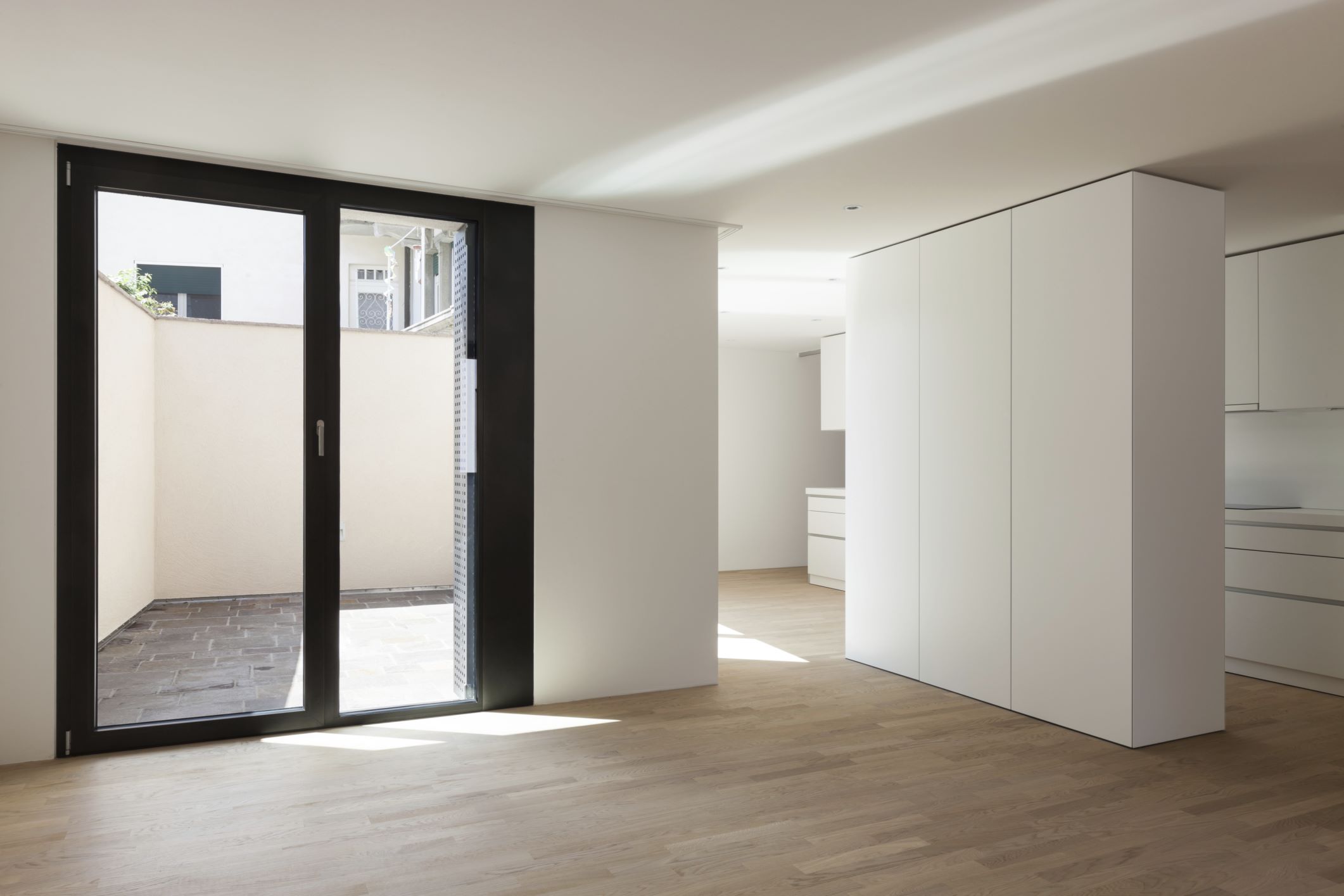
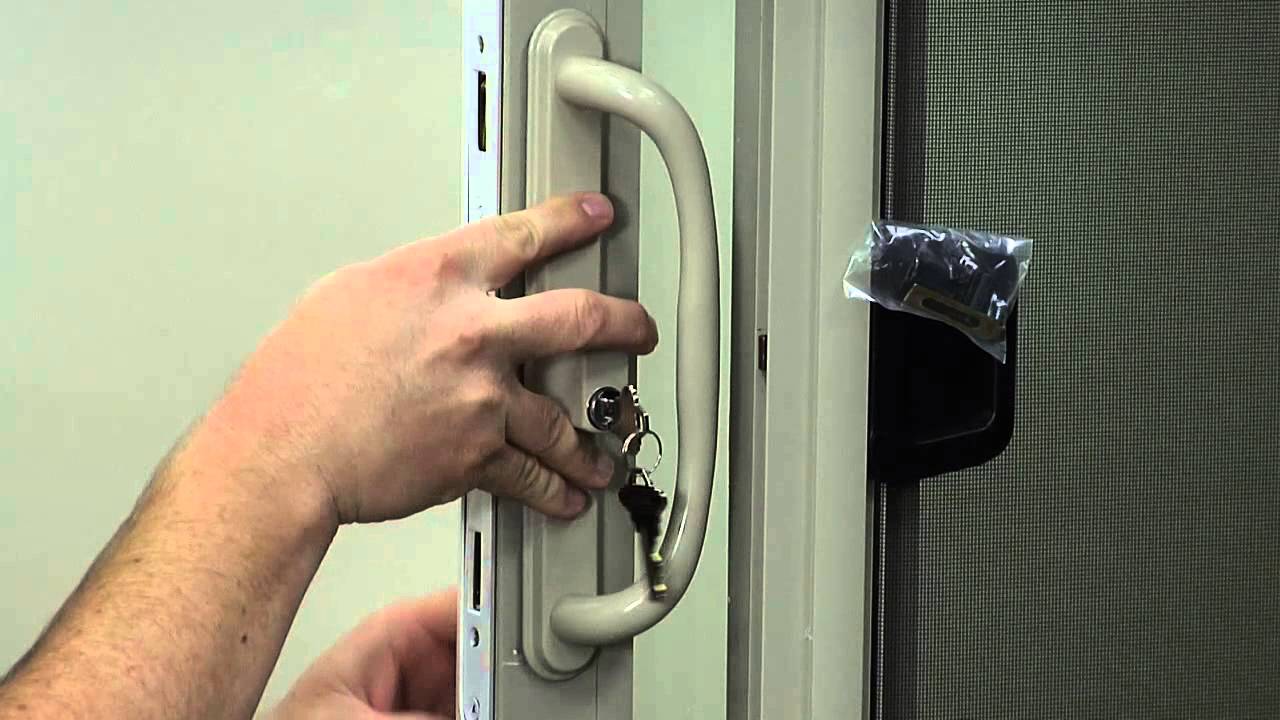
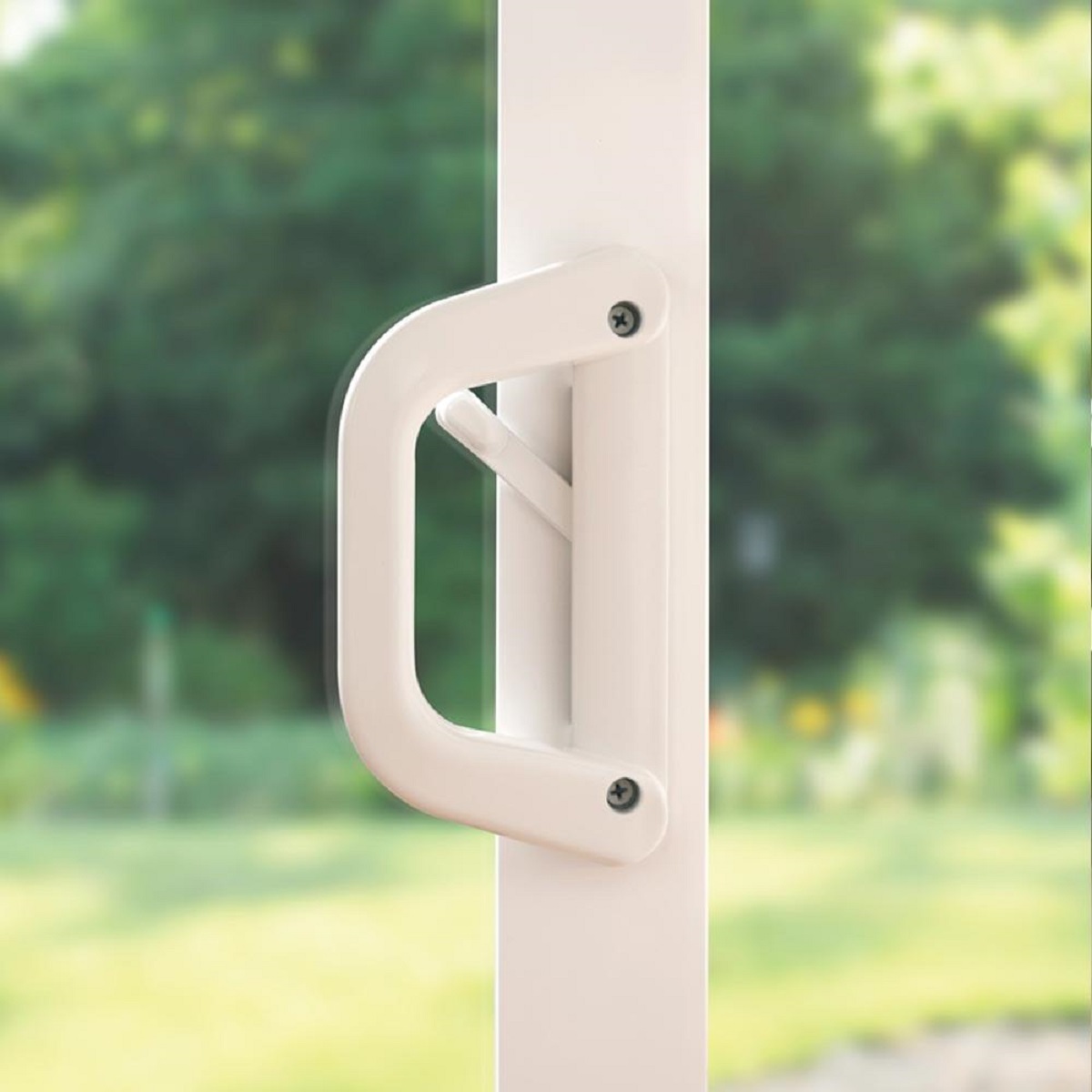
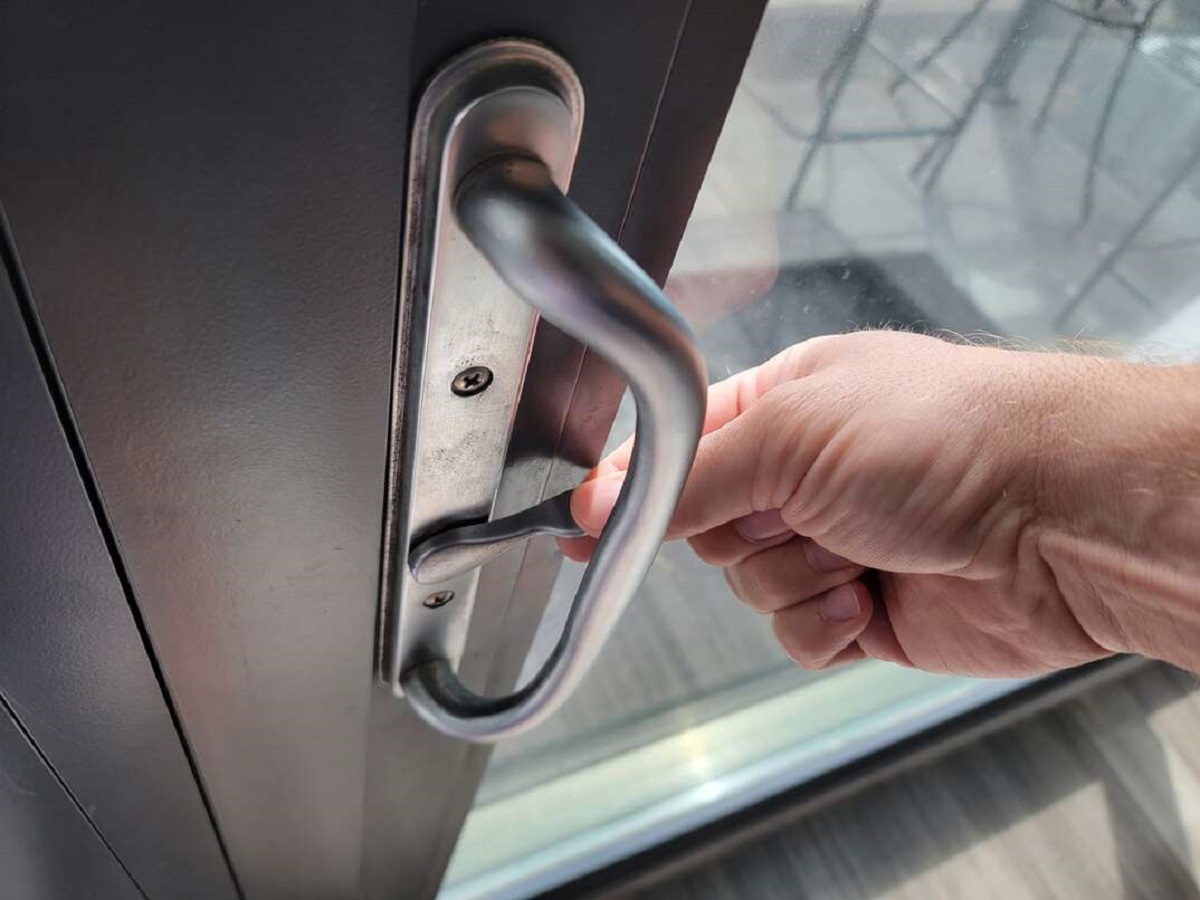

0 thoughts on “How To Adjust Sliding Door Lock”